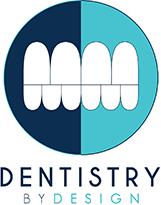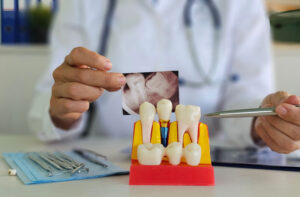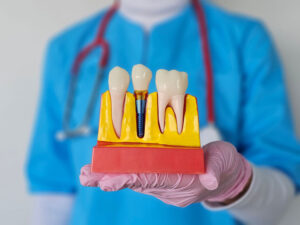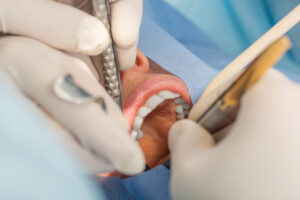Flossing is an essential step in your oral healthcare routine. Unlike a toothbrush, which cleans the tops and outer surfaces of the teeth and gums, floss is an interdental cleaner. According to the American Dental Association (ADA), interdental cleaners such as floss are a critical component of taking care of your teeth and gums. Cleaning between teeth removes plaque that can lead to cavities or gum disease from the areas where a toothbrush can’t reach. Interdental cleaning is proven to help remove debris between teeth that can contribute to plaque buildup. It doesn’t make a difference if you brush or floss first – the important thing is to do a thorough job of both.
If you suffer from sensitive or bleeding gums, you do not need to avoid flossing for fear of making your bleeding gums worse. Flossing actually improves the health of your gums, thereby helping to prevent them from bleeding.
To take full advantage of the benefits of flossing, you need to first learn the correct way to floss. The American Dental Association recommends the following techniques for flossing your teeth:
It’s never too late to start. Flossing once a day will help to keep your teeth and gums healthy.





